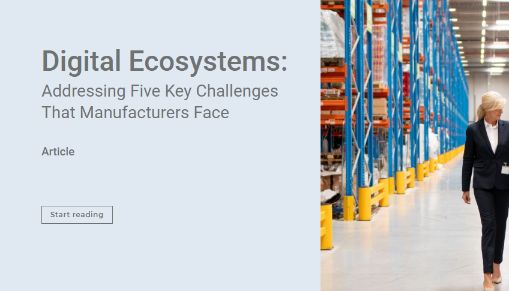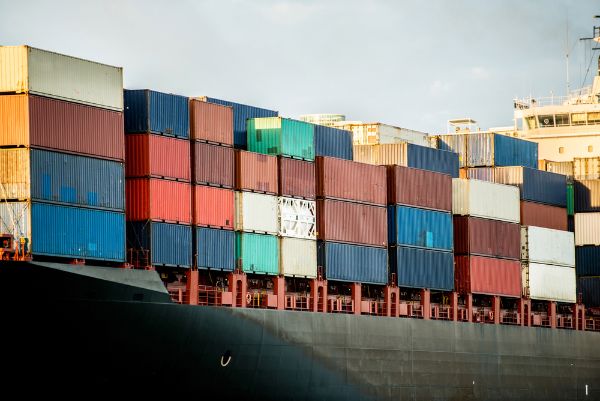The COVID-19 coronavirus has caused serious economic disruption among organizations which relied heavily on offshored factories and global supply chains. As the virus caused factories to shut down, and governments to initiate tight border controls, many operations found themselves effectively paralyzed. Now, even as many areas are starting to reopen their businesses, these groups are still going to struggle to get back up to speed.
All this is beginning to make people wonder: maybe it’s time to diversify and take reshoring seriously?
The Swinging Manufacturing Pendulum
Over the course of the last 20-30 years, manufacturing moved overseas at a fast rate. This was partially due to a rush of businesses looking to become global sellers – moving some manufacturing overseas would make sense, if that’s where they were selling. However, offshoring quickly became more about cutting costs, as manufacturers increasingly embraced low-cost parts and labor at foreign factories, even if that meant foreign manufacture of products intended for domestic sale.
And until very recently, businesses were quite satisfied with this arrangement. As of just a few months ago, 78% of global businesses said they felt positive about their offshoring partners. That number has undoubtedly dropped significantly in the past two months. The coronavirus has demonstrated how over-investment in offshoring can result in a business which is unable to pivot quickly in response to challenges, or even be crippled by events halfway around the world.
The Argument For Reshoring
On the face of things, reshoring could be beneficial for plenty of operations. Just a few of the arguments in favor include:
- Having tighter control and oversight of manufacturing facilities.
- Developing more choices and alternatives in supply lines, which are easier to shift by being closer to home.
- Improving product quality and reliability with easier QC policies
- Faster product development
- Easier utilization of affordable local talent, via the “gig economy”
- Better agile strategies allowing for rapid pivots in the face of changing market situations
- Taking advantage of local nationalist sentiments with “made at home” promotional campaigns
- Gaining government benefits and tax breaks aimed at encouraging more local business investment ahead of global investment
On the surface, it seems like a win-win-win situation: Better control, better products, and better PR. The problem, of course, mostly boils down to money.
The Challenges Of Reshoring
Decades of offshoring have taken their toll on many local business initiatives, particularly in the field of technology. Certain areas of manufacturing – such as rare earth mineral refinement, smartphone screen production, and cellular phone technologies – are dominated by just a handful of countries, most notably China. Rectifying this would require huge local investments in manufacturing and infrastructure.
Even plants which already exist locally would likely need upgrades. Factories will need Industry 4.0 improvements – such as smart data-based AI sensors and improved robotic automation – to be able to keep up.
Would the long-term benefits be worth it? In many cases, yes. If nothing else, stronger local manufacturing bases would make it difficult for future global disasters to hurt industry, at least not as much as COVID-19 hurt. The coronavirus showed that too many industrial organizations put too much faith in overseas work, without sufficient backup plans. A repeat of 2020 could be avoided, with better diversification and more focus on local industrial work.
As businesses begin to spin up again in the wake of the virus, they would be wise to look to the future, and help ensure similar disruptions cannot happen again.

